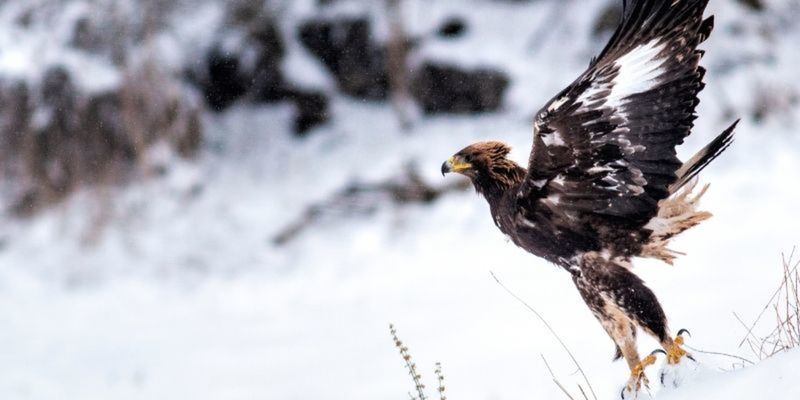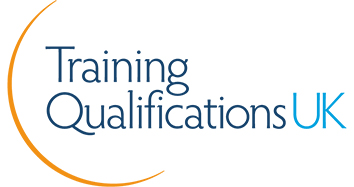How to do Wildlife Photography
How to do Wildlife Photography
Many of us have grown up watching the likes of David Attenborough travel to incredible locations around the world. We’ve looked on in awe at the amazing camera work that has captured astounding shots of fascinating animals and creatures. All to raise awareness of the conservation efforts needed to save the many species of wildlife that inhabit the Earth.
If this has given you the itch to pick up a camera and start taking shots yourself, you may have considered embarking on a career as a wildlife photographer.
Many people who are passionate about animals and the natural world do wildlife photography as a hobby. Like bird watching, it’s a very popular pastime. However, you can take this further and get paid for the images you shoot.
You might be wondering how to make money with wildlife photography, and while it might not immediately be obvious, rest assured there are plenty of ways you can earn a living from it.
You just need to know how to learn the skills to take images that will impress, then figure out how to get your work noticed by the right people. Luckily, we’ve listed some of the best ways you can do this below.
Study Wildlife Photography
Getting into wildlife photography is impossible if you don’t know what you’re doing with a camera. You need to learn far more than how to point and shoot. Not only is there certain tact and methods to get the perfect image, you need to know what to do in postproduction too.
Therefore, studying wildlife photography courses is hands down the best way to get these skills. Unlike regular photography courses, those dedicated to wildlife photography teach you particular practices and techniques to capture and edit images of wild animals and organisms in their natural environment.
learndirect’s online Wildlife Photography Level 3 Award (RQF) does exactly this, as it has been designed specifically for this avenue of photography.
Throughout the course, you will learn all about wildlife photography, from the workings of a digital camera to the best lens for wildlife photography.
The modules you will cover include:
Digital Photography
- Learn all the components of a digital camera
- Understand how the basic controls and parameters work
- Be able to apply photographic techniques
- Understand image composition
- Understand camera usage in animal photography
Wildlife Photography
- Learn the best techniques for photographing different species
- Know how to apply the best techniques for landscape and ecosystem photography
- Understand the concept of storytelling in wildlife photography
- Understand the basics of photo editing and postproduction
- Become familiar with ethics when working with animals
- Be able to produce a wildlife photography portfolio
By learning everything there is to know about wildlife photography cameras, photographing and editing techniques, you can take your amateur wildlife photography to a professional level.
You also have the added benefit of learning these skills from home, as this course is based entirely online.

Gain Work Experience in Wildlife Photography
Learning how to do wildlife photography is the first step, but it’s also essential to have experience before you seek employment. If you go into an interview without being able to evidence your skills or show enough proof of your work, you likely won’t be offered any wildlife photography jobs.
This is why it’s important to set some time aside to get wildlife photography work experience. Not only does it give you a chance to build your portfolio, it also provides the perfect opportunity to network and build your list of industry contacts.
If you do well, the company you are working with could offer you a salaried position. Otherwise, the connections you make may be aware of other industry opportunities and in the very least, provide you with a letter of recommendation.
This will be incredibly useful when applying for positions, as an established professional in the industry is backing you as a good hire. To find wildlife photography work experience opportunities, it’s often best to volunteer your services for free. Try to reach out to companies you’d like to work with as you never know where these opportunities can lead!
Once you have the skills and experience, you’re ready to explore wildlife photography job openings. While you will no doubt apply for available positions and reach out to companies, in many ways, the best way to secure a job is to get your work noticed by the right people.
Take Part in Wildlife Photography Competitions
One excellent way to get your work seen by the masses is to enter it into wildlife photography competitions. There is a substantial amount that you can enter, and each is an ideal opportunity to increase your following.
The work of winners and finalists is shown on related websites, print materials and online platforms. It is also shared on social media platforms which allows more people to like, comment and share it.
Some of the many competitions you can enter in the wildlife photography space include:
- Bird Photographer of the Year
- British Ecological Society Photography Competition
- Comedy Wildlife Photography Awards
- Luminar Bug Photographer of the Year
- Mammal Photographer of the Year
- Nature Photographer of the Year
- Ocean Photography Awards
- Underwater Photographer of the Year
- Wildlife Photographer of the Year
- World Press Photo Contest
Go Viral with Wildlife Awareness and Celebration Days
Another way to get your work seen by the right people in the industry is to take part in national and international days of celebration and awareness of animals and wildlife. With the increasing use of social media platforms, content related to these tends to be shared and even has the potential to go viral.
Just a few of the days you can take part in include:
- International Guide Dog Day
- National Bird Day
- National Pet Day
- National Photography Month
- National Wildlife Day
- Squirrel Appreciation Day
- World Animal/Pet Day
- World Hamster Day
You can also take part in days that focus on more exotic species, which is ideal if you want to align yourself with this avenue of wildlife photography.
These include:
- Elephant Appreciation Day
- Polar Bear Day
- Reptile Awareness Day
- Save the Rhino Day
- World Penguin Day
- World Turtle Day
Do your best to take images that directly relate to these dates, upload them to your social platforms and use the relevant hashtags. If the online world loves your work, it’s far more likely to get noticed!

Upskill and Network on Wildlife Photography Trips and Excursions
As in many industries, it’s not what you know it’s who you know, and wildlife photography is no different.
An excellent way to combine networking opportunities with wildlife photography portfolio building and getting experience, is through wildlife photography trips and excursions.
These are run by people who have experience in the industry, so not only will you work with skilled professionals, you can tap into their contact pool. If you express a keen interest, they may know someone who is looking to hire a wildlife photographer.
This can be especially useful if you do an excursion overseas. Exotic wildlife photography workshops are a great way to make connections if your aim is to eventually work in these locations. If you’re based elsewhere, it can be hard to make the right impression without being there in person.
If your guide is established in that part of the world, they can put in a good word for you if you impress them with your skills.
Become a Self-Employed Wildlife Photographer
Your focus now may be on finding wildlife photography job opportunities, but there is a lot to be said for working for yourself in this industry.
The majority of wildlife photographers are self-employed and monetise their work in a variety of ways. Granted, there are wildlife photographers who are employed by companies like the National Geographic, but these opportunities are typically scarce.
Luckily, there are multiple ways you can turn your art into profit as a freelance wildlife photographer.
These include:
- Selling your work at markets and craft fairs
- Holding wildlife photography workshops
- Teaching others how to do wildlife photography through talks and presentations
- Charging magazines and newspapers who want to use your images
- Selling your prints online via your website and social platforms
- Allowing companies to use your images for stock photos, or wallpaper prints for a price
Get Started with learndirect!
If you’re ready to go from amateur wildlife photographer to a professional in the industry, learndirect will give you the skills to succeed. With our nationally recognised Wildlife Photography Level 3 Award (RQF), you will be well equipped to make it as a professional photographer in the UK or overseas.
Find out more by discussing this course with our Course Executives today. They will answer all the questions you have and help you take the next steps to enrol.
Call them now on 01202 006 464 or contact them online. Otherwise, you can learn more about wildlife photography in our blog.
You can also keep track of all animal awareness days and events with our FREE calendar! Download it here.
















